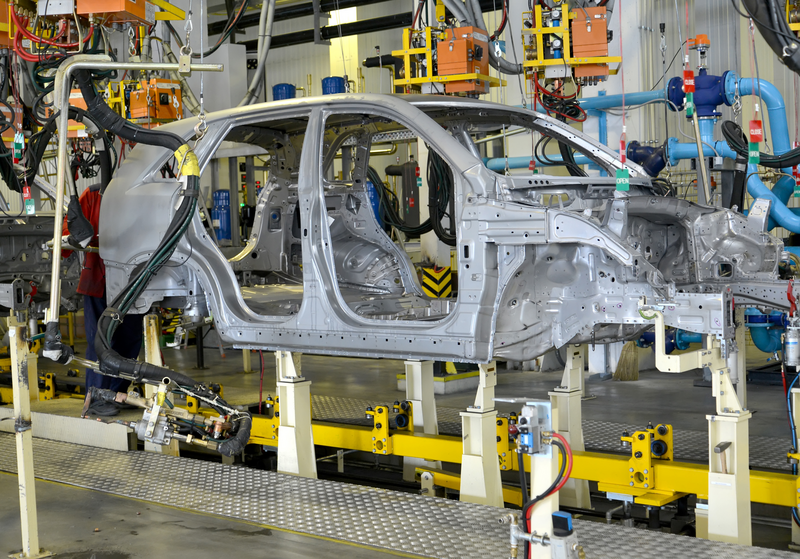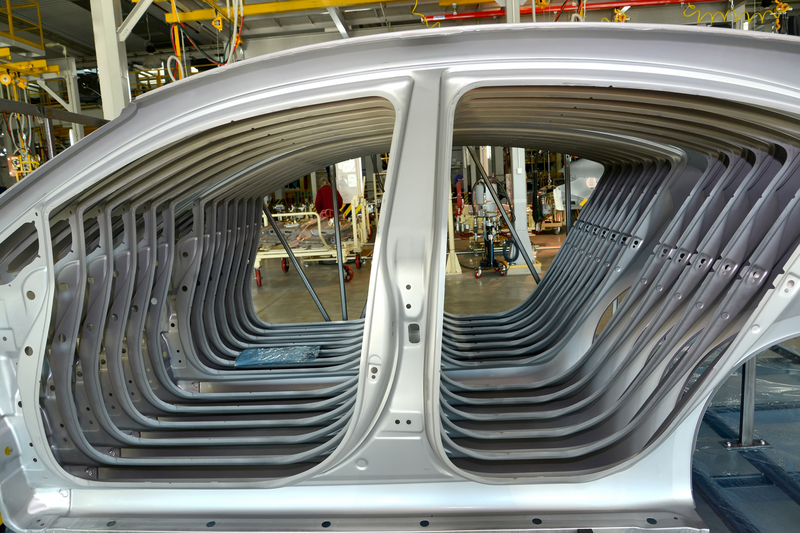
Impact Story
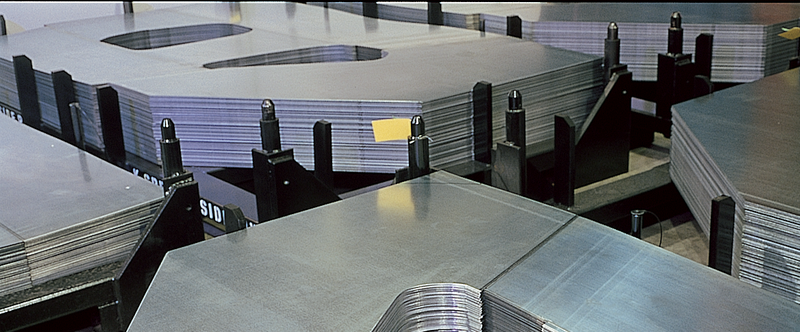
Why is it that more and more people walk away from car accidents year-over-year?
The answer: Tailor Welded Blanks
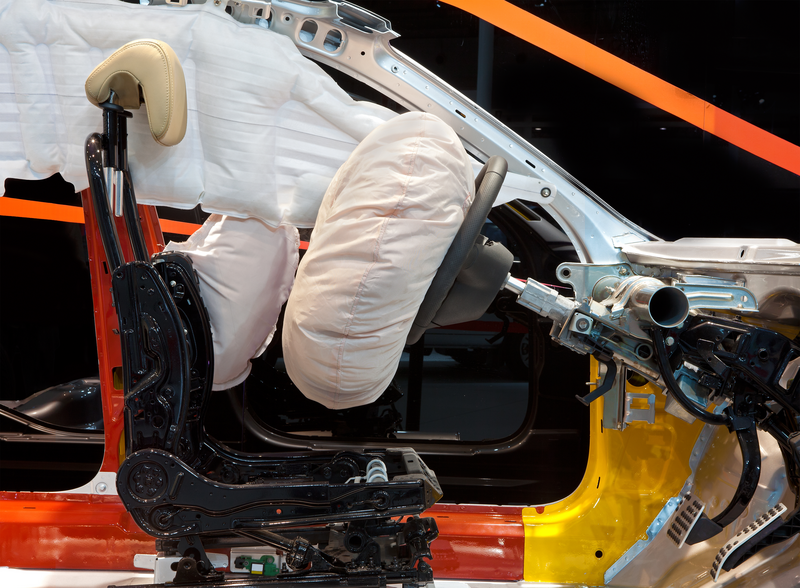
Enhancing Vehicle Safety & Fuel Efficiency
The real impact of tailor welded blanks is in the safety and fuel efficiency they provide for drivers around the world.
• They optimize crash performance through the use of high-strength materials that absorb impact.
• They make vehicle body structures up to 15 percent lighter, which results in a 10 percent reduction in fuel consumption because the lighter the car, the less energy consumed.
In addition, they’ve formed a place in the hearts and minds of the employees who manufacture them every day as something to be proud of.
Mark Eisenmenger, VP of Engineering and Product Development, TWB
Driving home, there’s a rear-end accident every day. When I observe the vehicle that got rear-ended or that did the rear-ending, I can look at it and tell whether the occupant is safe based on the accordion of the car. In many cases, the occupant is safe because of a tailor welded blank.
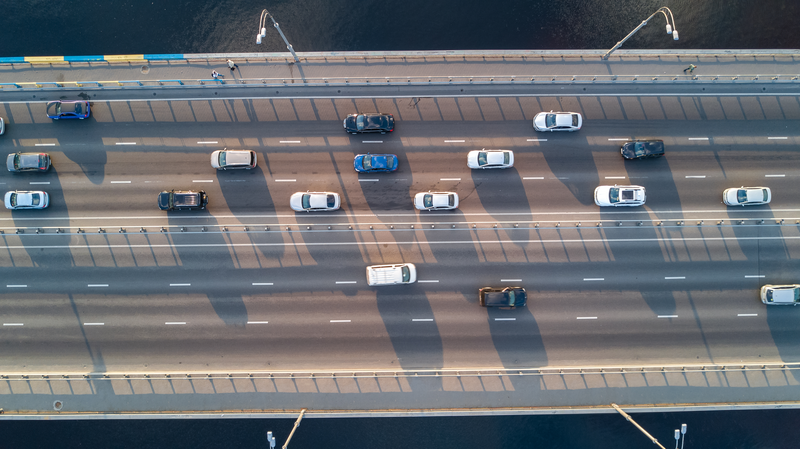
To Worthington, a solution is nothing without its impact.
Today, approximately 90 percent of vehicles are made with at least one or two tailor welded blanks by nearly all major car manufacturers.
They advance manufacturing processes to save weight, reduce cost, improve material utilization, and consolidate parts. They’ve created a legacy of protection for people behind the wheel. And they’ve contributed to fuel efficiency to forge a better economy.
Making Drivers Safer for 30 Years
So here’s to 30 years of making vehicles more secure, and the decades more we will invest in innovation to propel this and other technologies even further to continue to ensure the safety of drivers worldwide.

